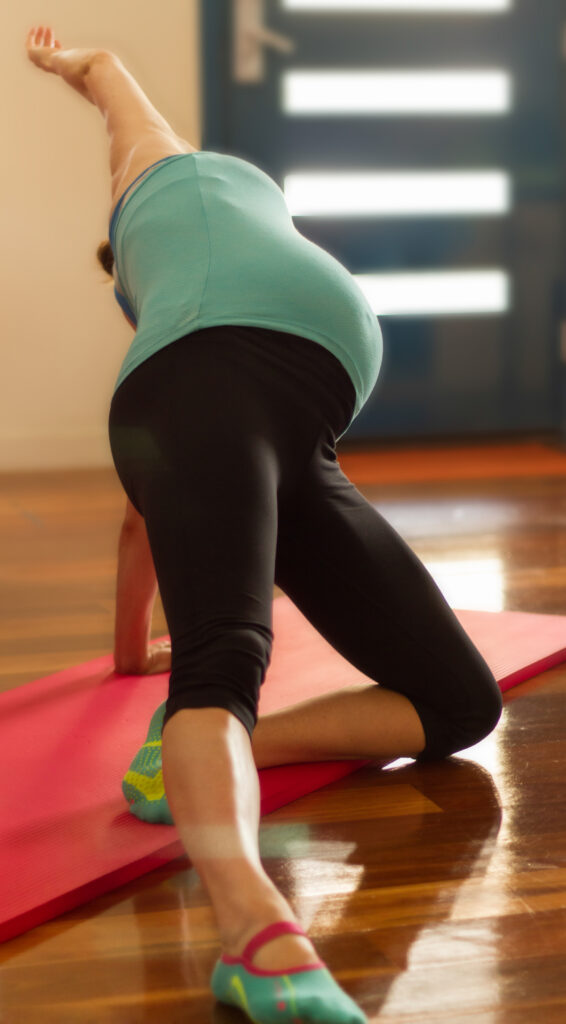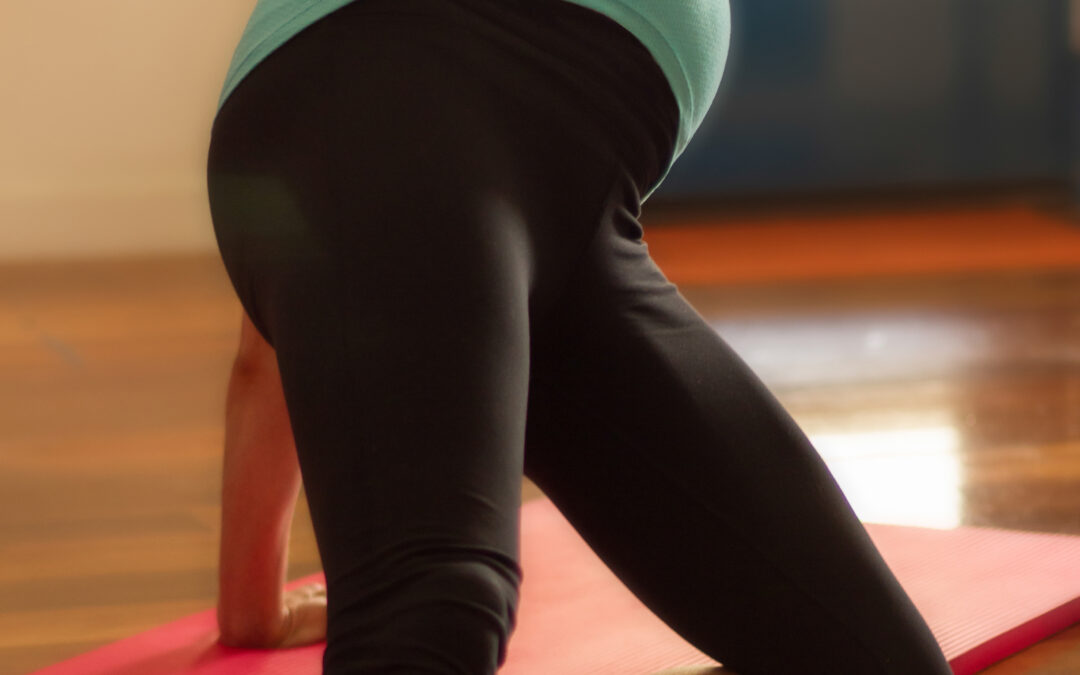I am back from my maternity leave! If you’ve ever wondered what a pelvic Physical Therapist does for their own care, I can tell you that at least for me, it is the same information I give to you!
Here are some of the things I have found to be important for all of us to know when taking care of our bodies after pregnancy and birth:

Typically when we think “postpartum,” we think of the first 6 months or so, maybe up to a year after giving birth. But even when your baby has babies, you’re still postpartum! I like to tell people, “once postpartum, always postpartum”. We should validate that your body has gone through extreme changes. Issues associated with pregnancy and delivery don’t always magically go away after a few weeks, or even months. Regardless of how your delivered, how many weeks you were pregnant, or how many pregnancies you’ve had, the changes occur early and quickly. For our pregnancy-loss mamas this means you too! Your body went through many of the same changes and you may need the same care (or more) following your experience.
We all have different needs and situations AFTER birth!
“Do your Kegels!” (Insert face-palm here)
Maybe you’ve heard that if you “just do some kegels”, all of your postpartum issues will disappear. I’m sorry, but KEGELS DON’T FIX EVERYTHING! Even if they could help, how do you know if you’re doing them right? ( BTW, we prefer to use the term “pelvic floor contraction”) There are several reasons pelvic floor “strengthening” isn’t always the answer:
- Many people aren’t able to contract the pelvic floor muscles correctly, which may worsen their problems. This is often true even before pregnancy, so learning how to do this after the muscles have been through lengthening “injury” makes it even harder.
- Many people have significant muscle or scar tension. If you contract an already-tight muscle, you’re going to make the issue worse, or at a minimum, not any better.
- Coordinating these contractions in order to balance what else is happening in the body is critical to restoring the movement patterns that support our bones and organs.
Manage Scar Tissue
No matter how a baby is birthed, there is most likely going to be scar tissue, whether it’s from a c-section or tearing from a vaginal birth. Scar tissue can be painful and limit movement and function, so treating it can make a world of difference. Read more about scar tissue from my previous blog post and see a video here!
Peeing your pants? Even just a little?
Having issues being able to jump on the trampoline? Can’t sneeze without crossing your legs? Tried to return to running but pee your pants? Have you heard that this is “just part of being a mom?” I am here to tell you… YOU DON’T HAVE TO LIVE THE REST OF YOUR LIFE PEEING YOUR PANTS EVERY TIME YOU JUMP, SNEEZE, LAUGH, COUGH, ETC.!!! Pelvic physical therapy can help you! This is extremely common, but it’s not normal. It is very treatable (yes, even without surgery!).
Having trouble getting your “core” strength back?
Another complaint I’ve heard from many of my postpartum mamas is core weakness. They’re often also afraid to start strengthening because they don’t want to cause or worsen diastasis recti (abdominal separation). This is completely understandable! Your abdomen and pelvic floor have been through some significant trauma, so it makes sense they’re weak. Don’t forget what your spine has been through because and spine and abdomen are best friends. If muscles have been cut in a c-section, or torn in a vaginal birth, just as after any other surgery/injury, a pelvic physical therapist can help you retrain those muscles properly, and safely get you back to the exercise you enjoy doing.
Posture is important
Whether you’re breastfeeding or bottlefeeding, your posture is important. When you’re tired and just want to get your baby fed so you can go back to sleep, it’s easy to slump over to get your breast/bottle to their mouth. Therefore, when you add up the amount of time spent with your body in a bent-over posture, it can be significant enough to contribute to low back pain and increased pressure through your pelvic floor. Bring the baby to the breast, and not the other way around. Use pillows and armrests to make sure your posture is as neutral as possible so you’re not having to strain. If you’re still having trouble or not sure what YOUR neutral is, come see us and we can help you figure out a good position for both you and your baby!
You aren’t alone in figuring this stuff out
If you’re postpartum with a baby that’s 6 weeks old or 60 years old, we can help you! Even I, as a pelvic floor Physical Therapist, have needed to seek treatment from a colleague since having my baby. Whether you’re having issues of leaking, weakness, diastasis recti, scar pain, pain with intercourse, low back pain, or prolapse, please reach out to us so we can get you the treatment you need.

